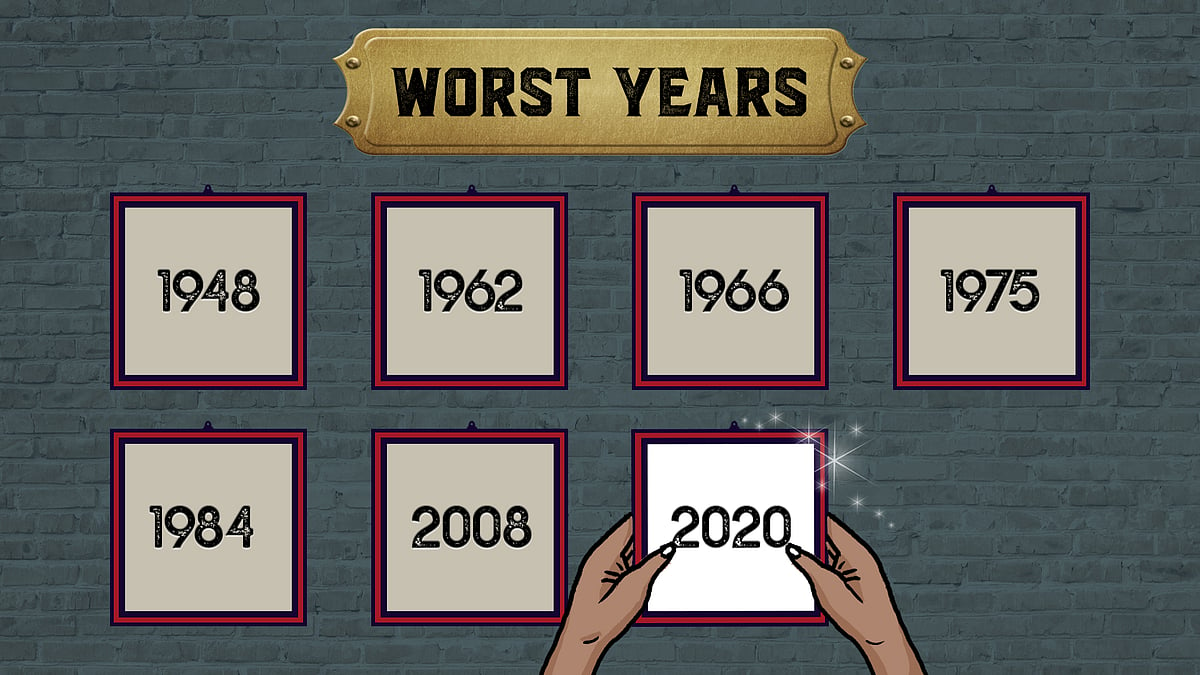Why the revision of Bihar’s municipal map is a welcome move
It is high time the new demographics and economy in parts of the state are recognised for what they are.
In the last three decades, as India witnessed a gradual rise in its urban population, the number of people living in Bihar’s officially recognised urban areas remained far below the national average. The state continued to show a very lopsided urban-rural configuration in its population.
The 2011 census, for instance, showed around 31 percent of India’s population living in urban areas. In Bihar, the figure was only 11.3 percent.
While there are many historical, socioeconomic, and even political reasons for the sluggish urbanisation in the state, there has also been a flawed and outdated approach in officially recognising its urban settlements. Long after shedding the social and economic characteristics of a rural settlement, many areas weren’t classified as semi-urban or urban in the structure of local governance.
Of late, the state government has been considering a review of the criteria for recognising urban settlements, a move which is estimated to push the share of urban population in the state to around 20 percent of the whole population.
Today, the Patna edition of Dainik Bhaskar reported that following the directions of deputy chief minister and urban development minister Tar Kishore Prasad, officials have prepared a draft proposal for the creation of new nagar panchayats, as well as upgrading some of them to nagar parishads, and some nagar parishads to nagar nigams. Nagar panchayats are areas in a transition phase from rural to urban, nagar parishads are municipal councils, and nagar nigams are municipal corporations.
Hours later, ANI reported that the proposal had received a nod from the state cabinet.
But this decision wasn’t a sudden move during the Nitish Kumar government’s fourth term. In the first half of this year, the state government had been working on a plan to bring new areas into the fold of urban governance. According to a May 16 report in Hindustan Times, the state government was taking steps to implement amendments to the Bihar Municipal Act, 2007. Anand Kishor, secretary of the urban development and housing department, had directed all divisional commissioners and district magistrates to identify new settlements for their inclusion as urban localities according to the changed norms.
The most important change in the policy to recognise urban areas was that, unlike in the past, when an area could be seen as urban only if less than 25 percent of its population was constituted of agriculturalists, now an area could be recognised as urban if less than 50 percent of its population is engaged engaged in agriculture and has other claims as an urban locality.
Before this cabinet decision was taken, Bihar had 12 nagar nigams with population of over two lakh, 42 nagar parishads with population of 40,000 to two lakh, and 88 nagar panchayats. Now, the number of nagar nigams is set to be 17, with 74 nagar parishads and 191 nagar panchayats.
An obvious advantage of extending the institutions of urban governance to the new areas is that it will be in line with the demographic nature of the people living there: their occupational structure and lifestyle, and their needs of governance. However, it also highlights the need to quicken the pace and enlarge the extent of urbanisation in a state that, during a major part of the post-Independence period as well as in the colonial past, witnessed mass migration of its people for job opportunities to cities in other parts of the country. While British colonialism restricted its industrial drive in undivided Bihar to its mineral-rich south (now the separate state of Jharkhand), the central and state governments of free India also did not push the imperative to create multiple urban centres, economic activities, and industrial imperative in the state.
In the context of this association of treating the state as a predominantly agricultural society of thousands of rural settlements, it’s interesting to see the most enduring relic of British monuments in the state’s largest city, Patna, which is also the seat of power. In The Republic of Bihar (1992), Arvind N Das wrote: “It is not at all ironical that one of the lasting and most imposing monuments of the British should be a mammoth beehive or bell-shaped granary known as the Gol Ghar of Patna, an edifice which was meant to store grains collected from the peasants in the state.”
To add to that, Patna rice occupied a prize position in Scottish trade and, unsurprisingly, a small town in Scotland calls itself Patna in memory of the agri-trade connection with the city. The freight equalisation policy of independent India never let undivided Bihar benefit from the royalty gains of vast mineral reserves. The political discourse towards the end of the last century also witnessed a phase when rhetorics of the tilted and misdirected social empowerment made development and urbanisation dirty words, almost an elitist conspiracy.
Though it’s an exercise in the administrative recognition of the altered socioeconomic patterns in many parts of the state, the revision of Bihar’s municipal map may serve as a point of departure for reimagining the governance needs of the state. More significantly, it may also prod policymakers to think of developing multiple urban centres to harness the immense potential for economic diversification and, in turn, serve as a hub of employment opportunities.
 From 1984 to 2008 to 2020, independent India’s history is punctuated by ‘worst years ever’
From 1984 to 2008 to 2020, independent India’s history is punctuated by ‘worst years ever’